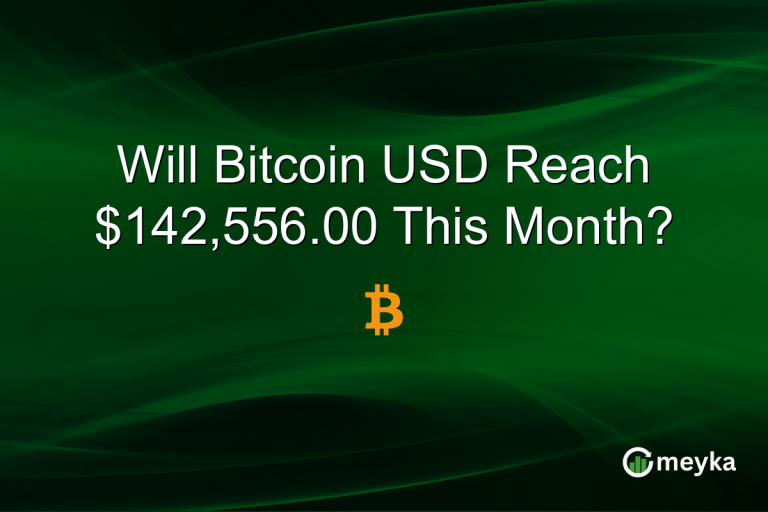Will Bitcoin Hit $1 Million? A Data-Driven Analysis
Bitcoin (BTC), the first and largest cryptocurrency by market capitalization, has captured the imagination of investors, institutions, and the public alike. From its early days as a niche digital experiment to its current status as a multi-trillion-dollar asset class, the question arises: can Bitcoin realistically reach $1 million per coin? This article provides an analytic, research-based perspective, examining market fundamentals, adoption trends, supply dynamics, and macroeconomic factors to assess the plausibility of this milestone.
Bitcoin’s Current Market Overview
As of 2025, Bitcoin trades near $98,500, with a total market capitalization exceeding $1.9 trillion. The asset dominates more than 50% of the total cryptocurrency market, maintaining its status as the primary store of digital value. According to trusted crypto news sites like BiteMyCoin, Bitcoin’s halving cycle, most recently in 2024, reduced block rewards to 3.125 BTC, tightening new supply issuance while demand continues to grow from institutional inflows, ETFs, and global treasury allocations.
Key Metrics Snapshot
| Metric | Data (2025) |
| Current Price | ~$98,500 |
| Market Cap | ~$1.9 Trillion |
| Circulating Supply | ~19.3 Million BTC |
| All-Time High | $69,000 (Nov 2021) |
| Block Reward (Post-2024) | 3.125 BTC |
These figures highlight Bitcoin’s strong market presence and scarcity-driven value proposition.
Supply and Scarcity Dynamics
Bitcoin’s capped supply of 21 million coins is a central factor in its valuation narrative. Unlike inflationary fiat currencies, Bitcoin’s predictable issuance rate and halving cycles create a digital scarcity effect. Historically, halvings have coincided with substantial price rallies: after the 2016 halving, BTC rose from ~$600 to ~$20,000 by late 2017; after 2020, from ~$9,000 to ~$69,000 by 2021.
To reach $1 million per BTC, total market capitalization would need to exceed $21 trillion, assuming full issuance of all 21 million coins. This would require Bitcoin to capture a significant portion of global wealth, far surpassing gold, equities, or other traditional stores of value.
Adoption and Institutional Demand
Institutional adoption plays a key role in Bitcoin’s potential growth. Large financial entities — hedge funds, asset managers, corporations, and sovereign wealth funds — are increasingly using Bitcoin as a store of value or treasury reserve. ETFs, custody solutions, and on-chain tracking provide further legitimacy. If adoption continues at this pace, capital inflows could substantially drive Bitcoin’s price higher.
Retail adoption is also growing, though usage as a transactional currency remains limited due to volatility, fees, and regulatory considerations. Until Bitcoin achieves broader usability, its value proposition remains primarily as digital gold.
Macroeconomic and Market Factors
Global macroeconomic conditions influence Bitcoin’s price trajectory. Monetary policy, inflation, currency devaluation, and financial instability increase demand for scarce digital assets. Bitcoin’s correlation with risk-on markets is mixed; during periods of liquidity expansion, BTC often rallies, while in tight monetary conditions, volatility increases.
Key Catalysts for Bitcoin to Reach $1 Million
- Mass Adoption: Widespread corporate, institutional, and retail acceptance as a store of value.
- Supply Shock: Continued halving cycles reduce new issuance, increasing scarcity.
- Regulatory Clarity: Clear and favorable frameworks globally reduce risk perception.
- Global Economic Instability: Inflationary pressures and currency devaluation drive alternative asset demand.
Challenges and Constraints
- Market Saturation: Bitcoin’s growth rate slows as it approaches broader adoption limits.
- Volatility Risk: Sharp corrections may deter new entrants and capital inflows.
- Regulatory Intervention: Stricter global regulations could hinder institutional participation.
- Competition: Other digital assets or central bank digital currencies could capture value.
Analytical Outlook
Reaching $1 million per BTC is theoretically possible but requires extreme adoption and capital inflow scenarios. Analysts estimate that for Bitcoin to achieve this milestone, it must absorb a significant fraction of global wealth, likely from corporates, central banks, and long-term investors. In a strong bull cycle fueled by macroeconomic instability and institutional confidence, Bitcoin could approach $500,000–$700,000 realistically by 2030, with the $1 million mark remaining an upper-limit scenario contingent on extraordinary conditions.
Conclusion
While Bitcoin’s design, scarcity, and institutional interest support the potential for significant price appreciation, reaching $1 million per coin would demand unprecedented adoption, liquidity, and economic conditions. Investors should view this target as a long-term, speculative scenario, while appreciating Bitcoin’s role as a store of value, a hedge against inflation, and a leading digital asset in a maturing crypto ecosystem.






